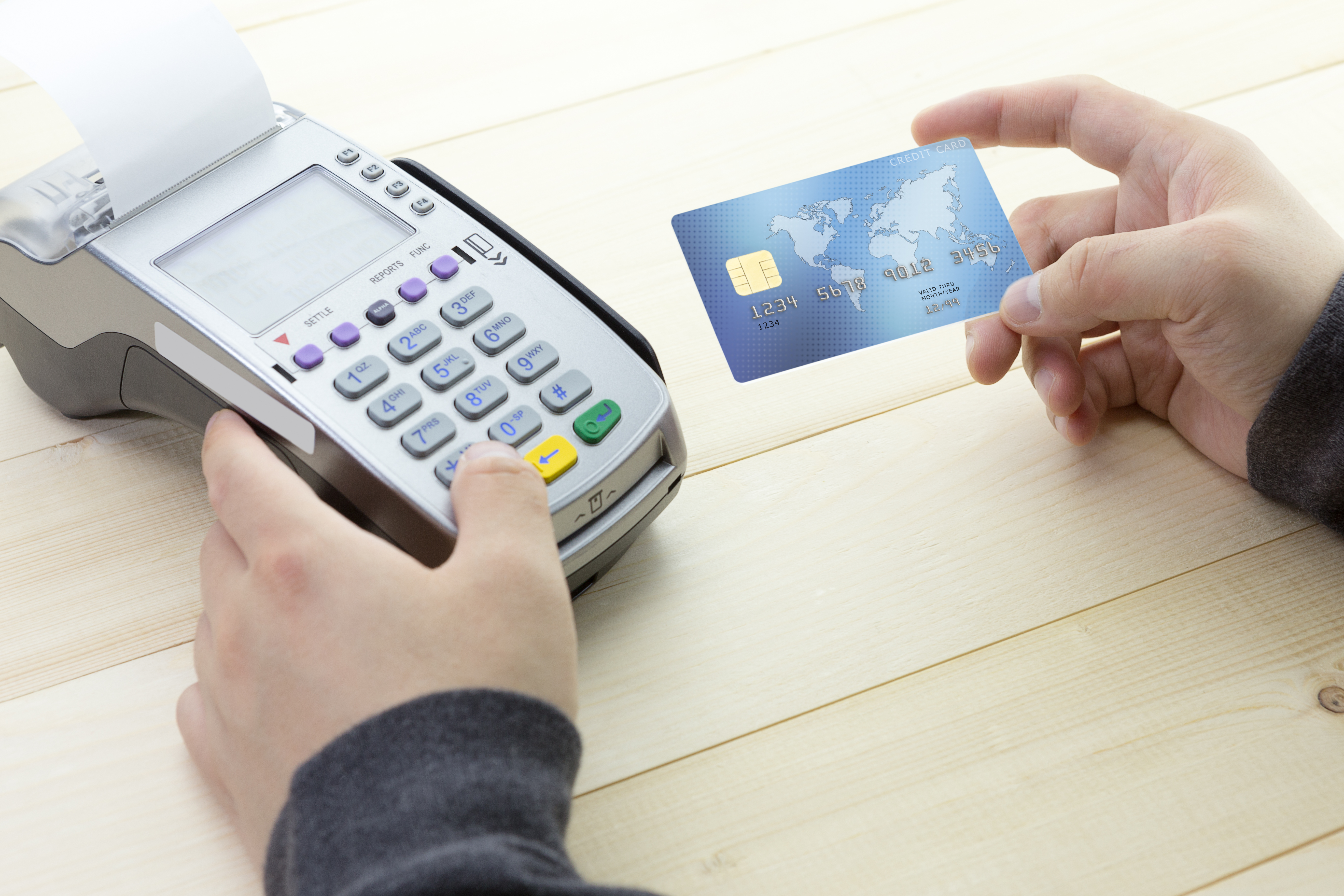As of early 2019, EMV chip cards have continued to increase share and the number of incidents of fraud have dropped significantly in the U.S., according to Visa.
The Details on Visa’s Numbers
Recently, Visa reported that 3.5 million U.S. merchant locations accepted EMV chip cards as of March, which was an increase of about 400,000. There were 3.1 million in December 2018. Chip-based payment volume totaled $81 billion in March on 1.94 billion transactions, according to Visa.
Between September 2015 and December, counterfeit-fraud dollar volume at merchants that have completed their EMV upgrades was down by 76%, according to Visa. Counterfeit fraud for all merchants is down by 49%, Visa states.
These figures show exactly what regulators hoped to see.
Understanding the Genesis of EMV
In October 2015, cards were required to be equipped with EMV, which stands for Europay, Mastercard, and Visa. Computer chips and technology are used to authenticate EMV chip-card transactions.
The move was made to this global standard in response to numerous large-scale data breaches and alarming spikes in counterfeit credit card fraud. The goal of EMV cards were to protect shoppers and curb fraud.
What the standard did was shift liability. Under these standards, merchants must accept financial responsibility for counterfeit fraud that occurs from any transactions that occur because the store’s point-of-sale terminal was unable to read EMV cards’ chip.
Though numbers show that EMV are highly effective at reducing counterfeit fraud, criminals have shifted their focus to online and mobile transactions, as well as identity fraud.
The Difference Between EMV and Swipe Cards
EMV cards are considered more secure over the more traditional credit and debit cards with magnetic stripes. Cards that are swiped contain unchanged data, which allows anyone who gains access to the data gain the sensitive information of the card and cardholder. This is why cards with magnetic stripes are targeted by fraudsters. Magnetic stripe cards allow them to quickly and easily convert stolen data into cash repeatedly.
When a person pays with an EMV card, its chips create a one-of=kind transaction that can’t be used more than once. For example, if a counterfeiter tried to steal chip information from a retailer’s point-of-sale machine, the person would not be able to easily duplicate the data because of its uniqueness. Therefore, if the fraudster tried to use it, it would be denied.
It is important to note that EMV technology does prevent fraud by making it harder for counterfeiters, but it doesn’t prevent data breaches from occurring.
Other Visa EMV News
Despite the positive news on the reduction of fraud cases, the overall number of active Visa U.S. EMV credit cards, fell to 205.1 million in March. In the three prior months, there were 213.6 million. In March, Visa-branded EMV debit cards totaled more than 303 million, which was up slightly from 297.5 million in December.
Visa reported that seasonality had to do with figures, noting that use is often higher during holiday months.
In Conclusion
Though EMV cards have done what they were set out to do, they have not completely eliminated fraud. As card schemes, merchants, and regulators attempt to tighten up security, fraudsters will continue to look for new opportunities and loopholes. Everyone must continue to stay one step ahead of counterfeiters.


